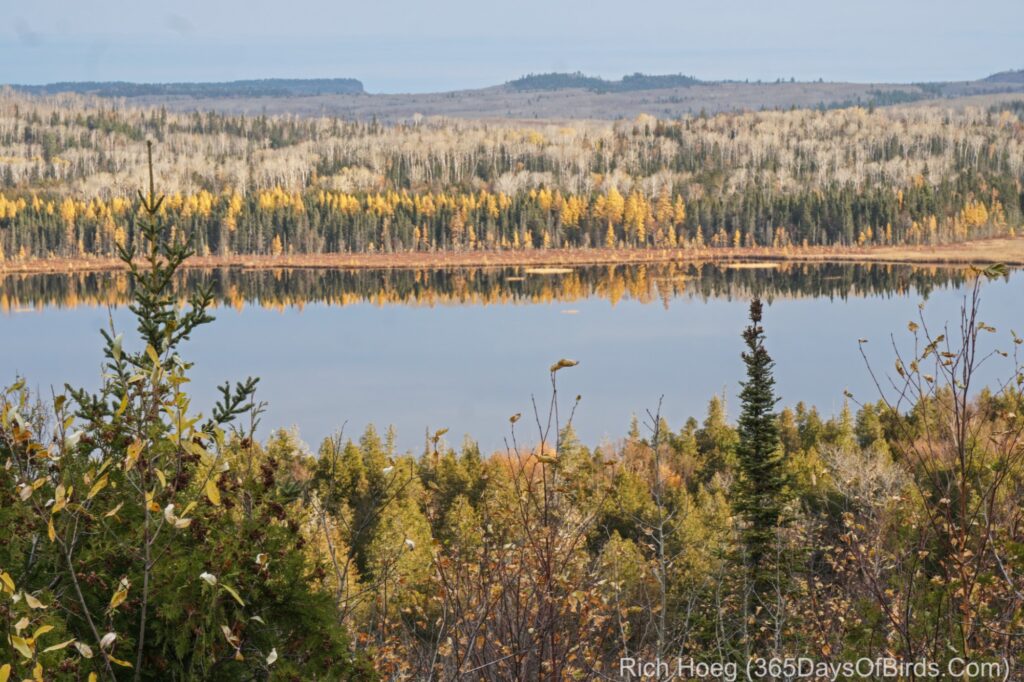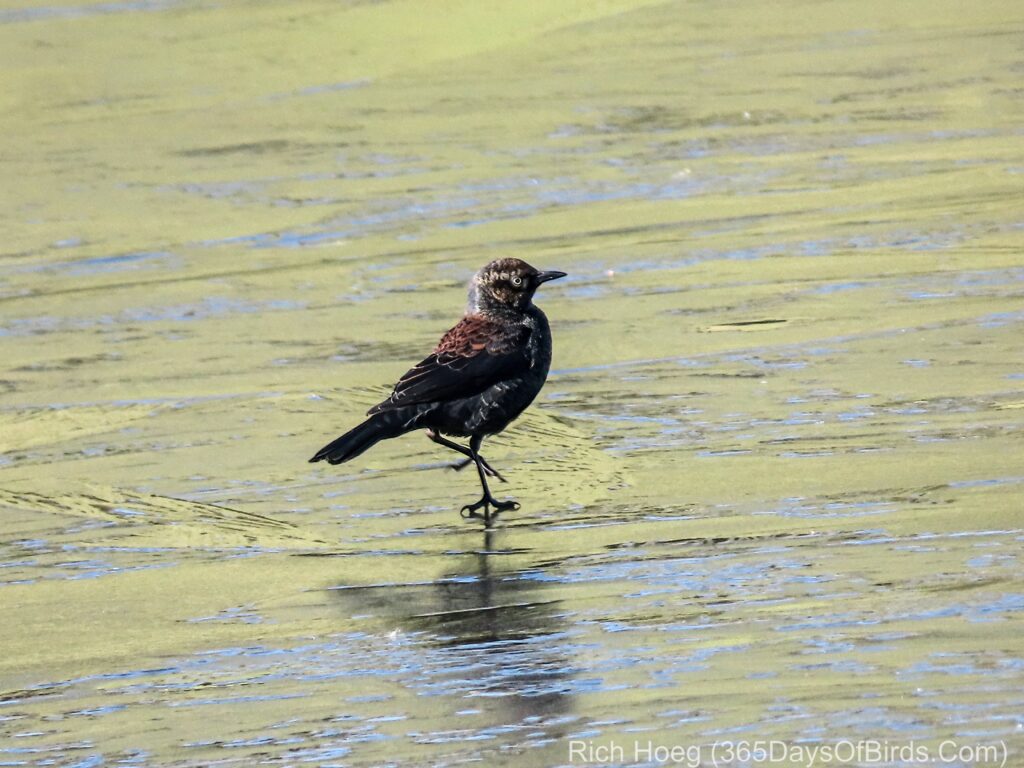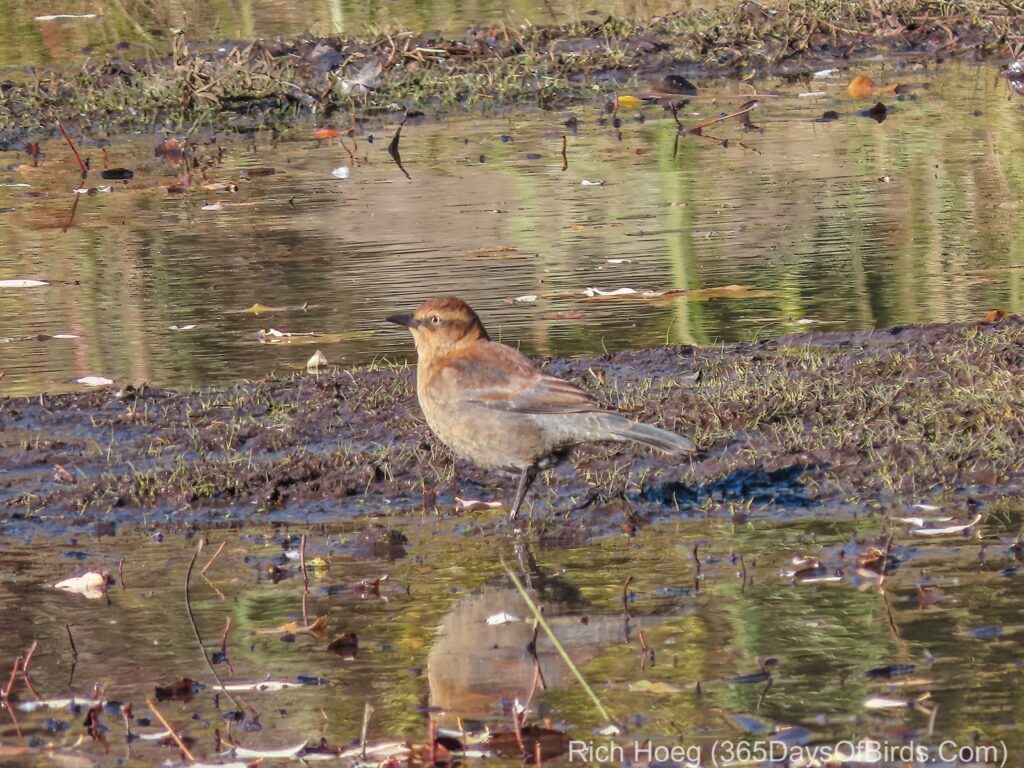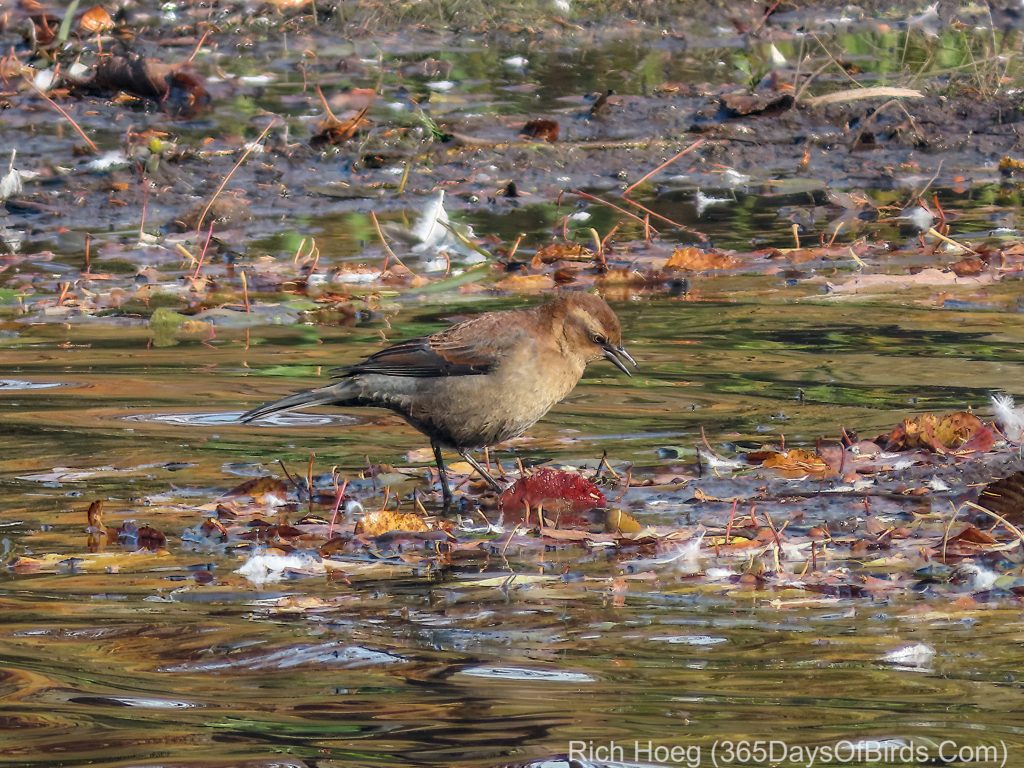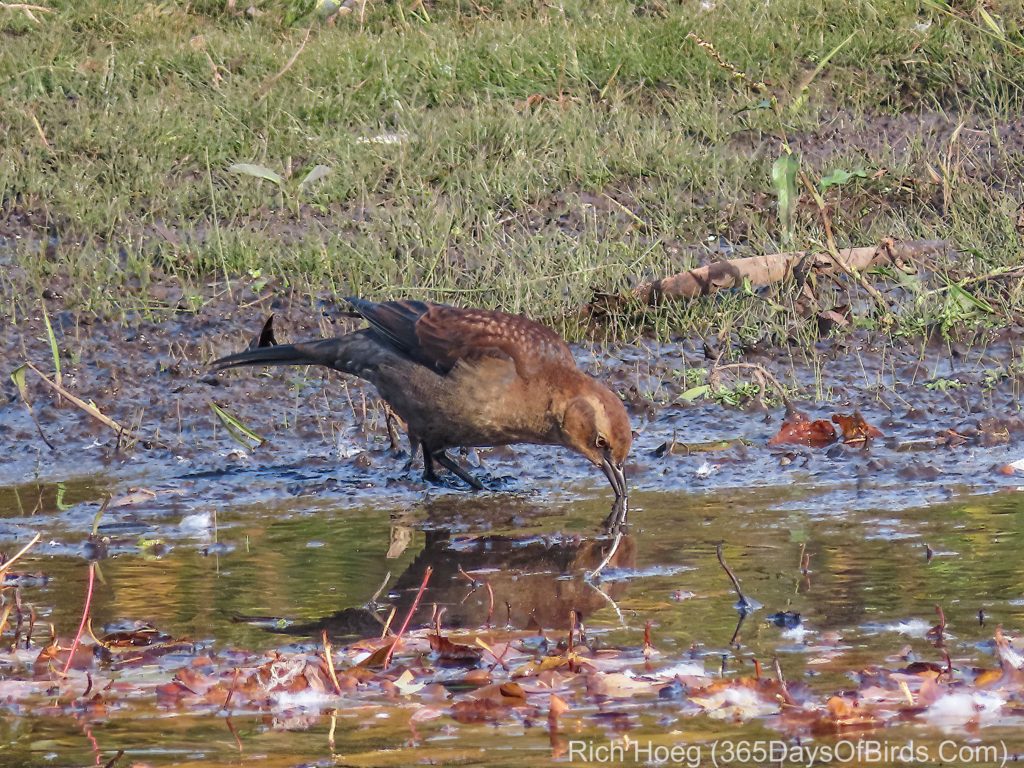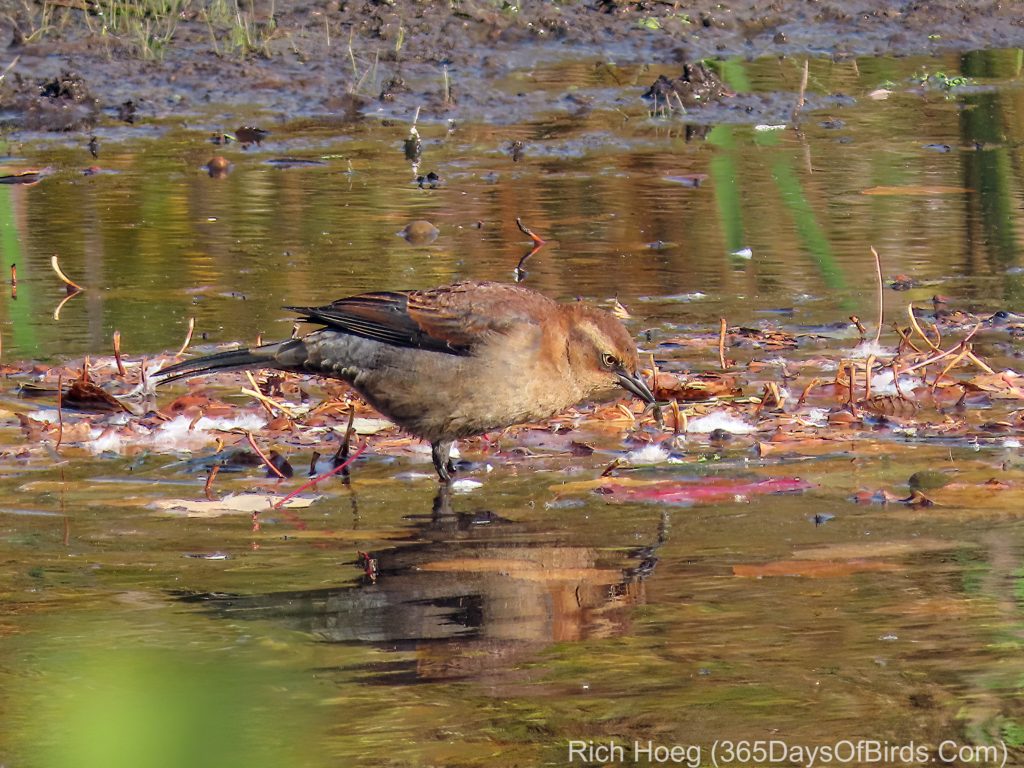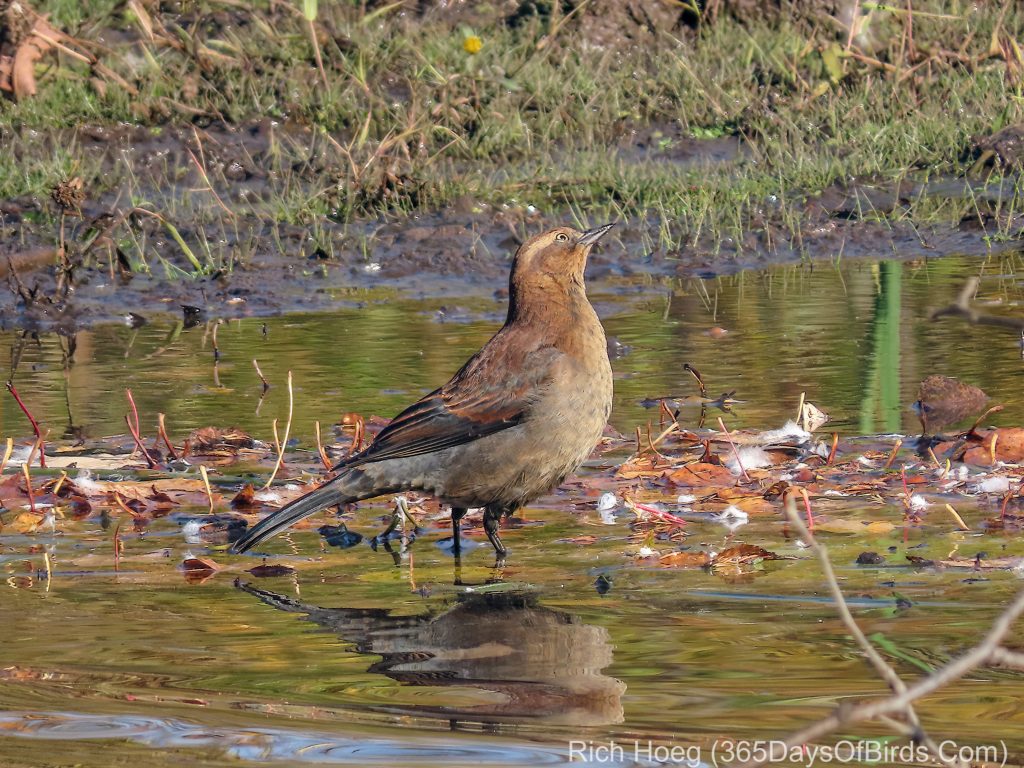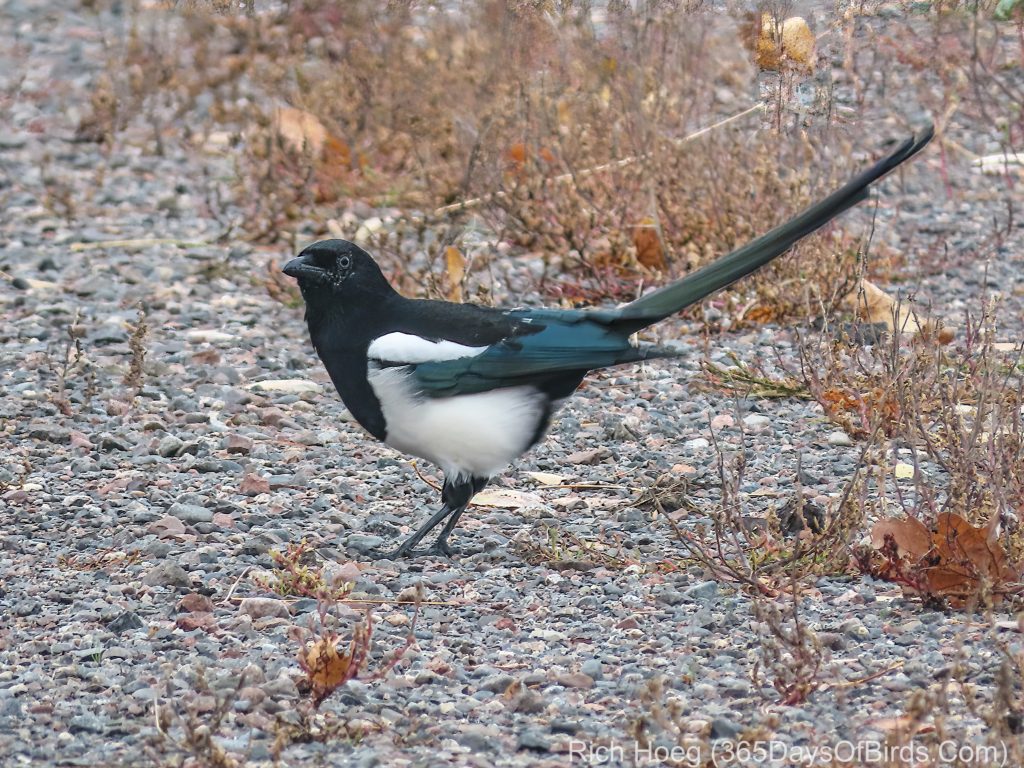The last migration push is on hold, and will be until these strong winds out of the south change to out of the north. In the meantime, birds in the area tend to stick around, and there are very few new arrivals. One easy location for me to check is the Forest Hill Cemetery. There is a year round resident Pileated Woodpecker which is enjoying all the very old trees in the cemetery.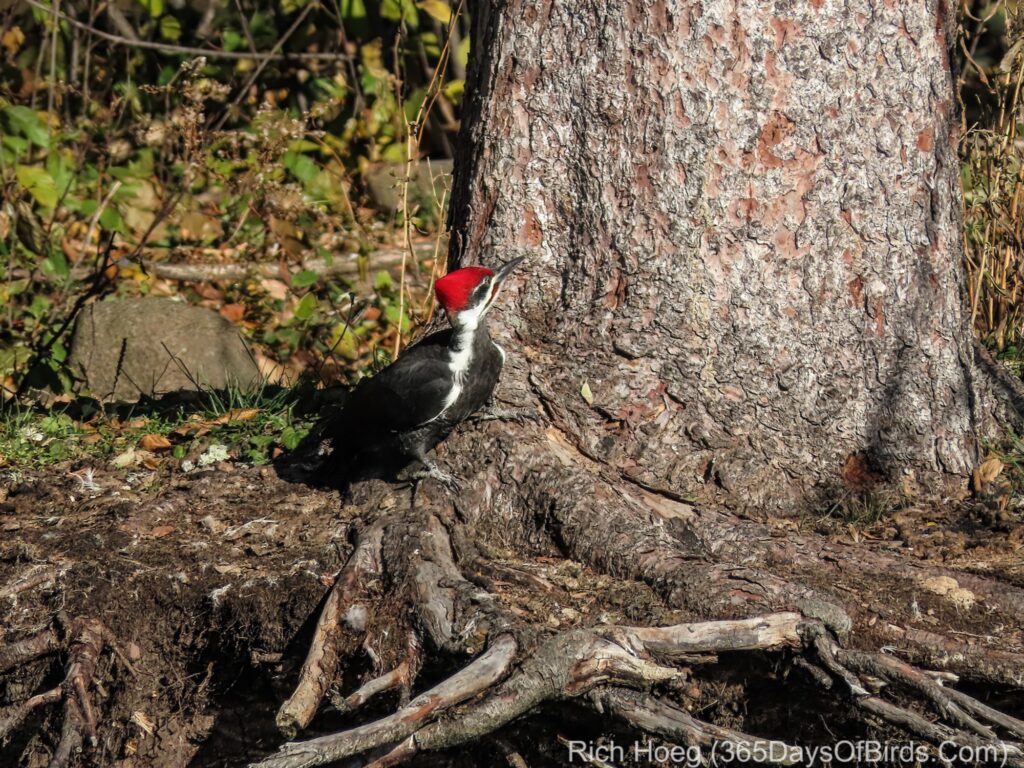
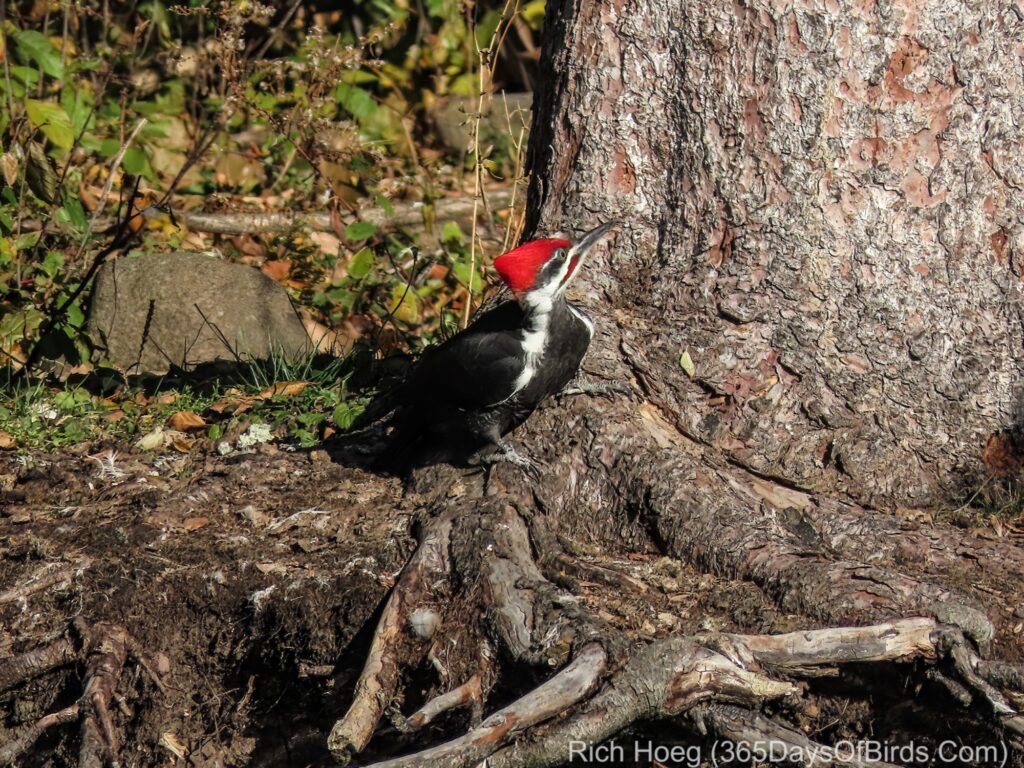
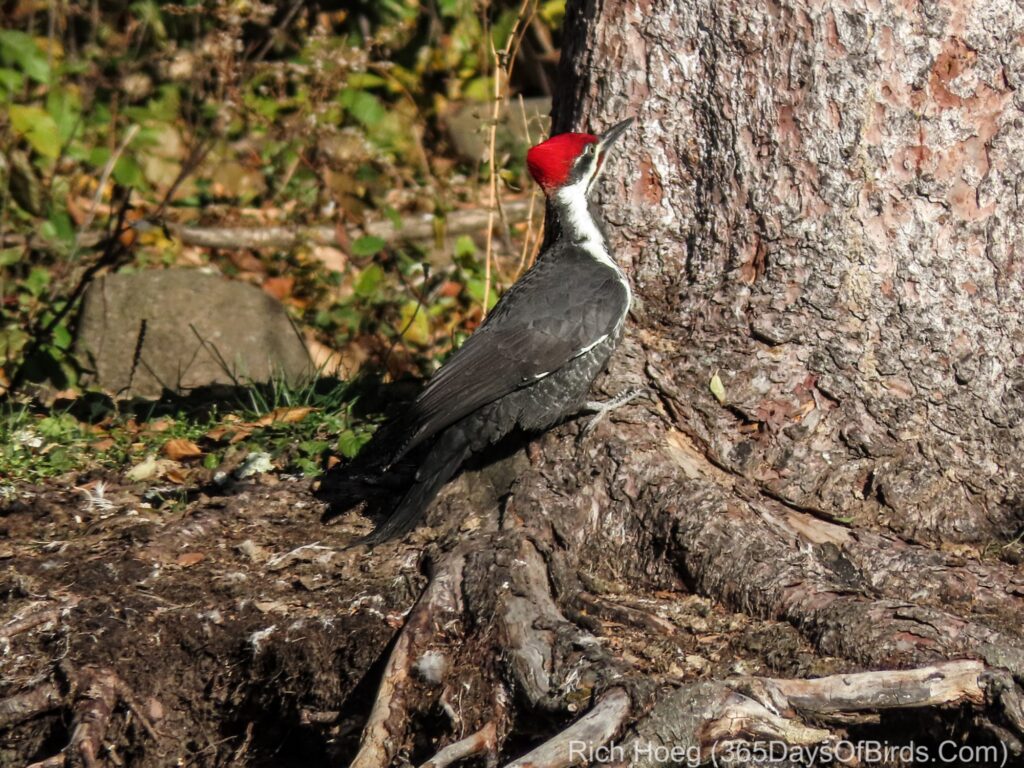
One of the other common species migrating through the Duluth area right now are American Crows (some stay year round). This individual along with a migrating Canada Goose felt it was bathtime.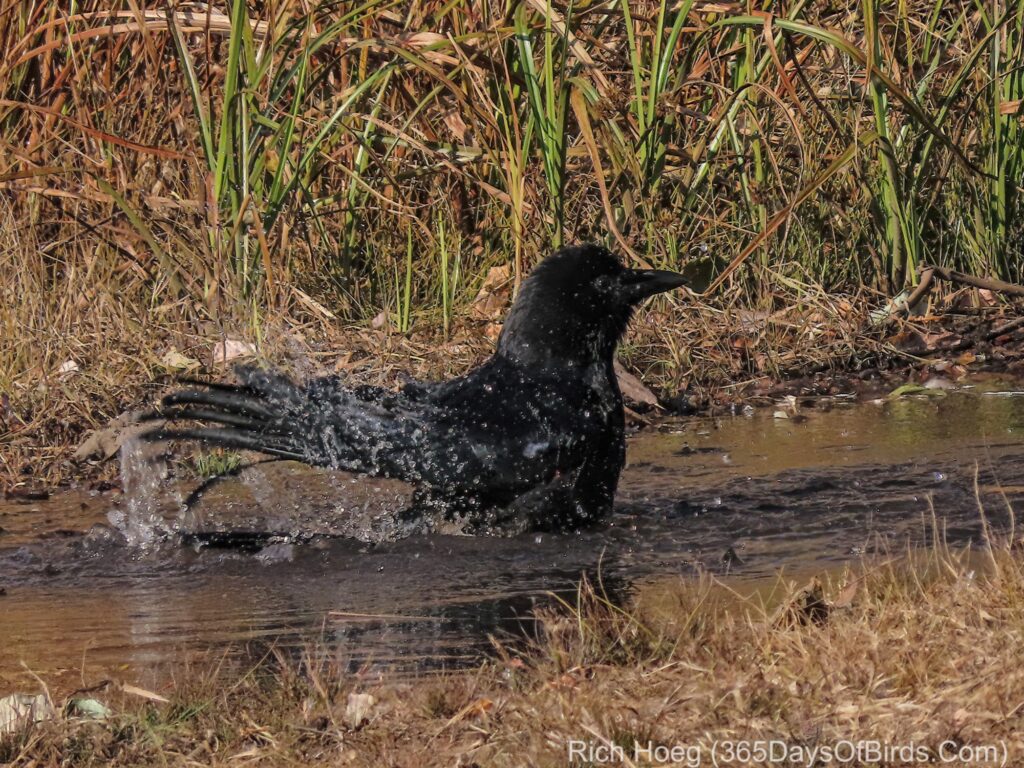
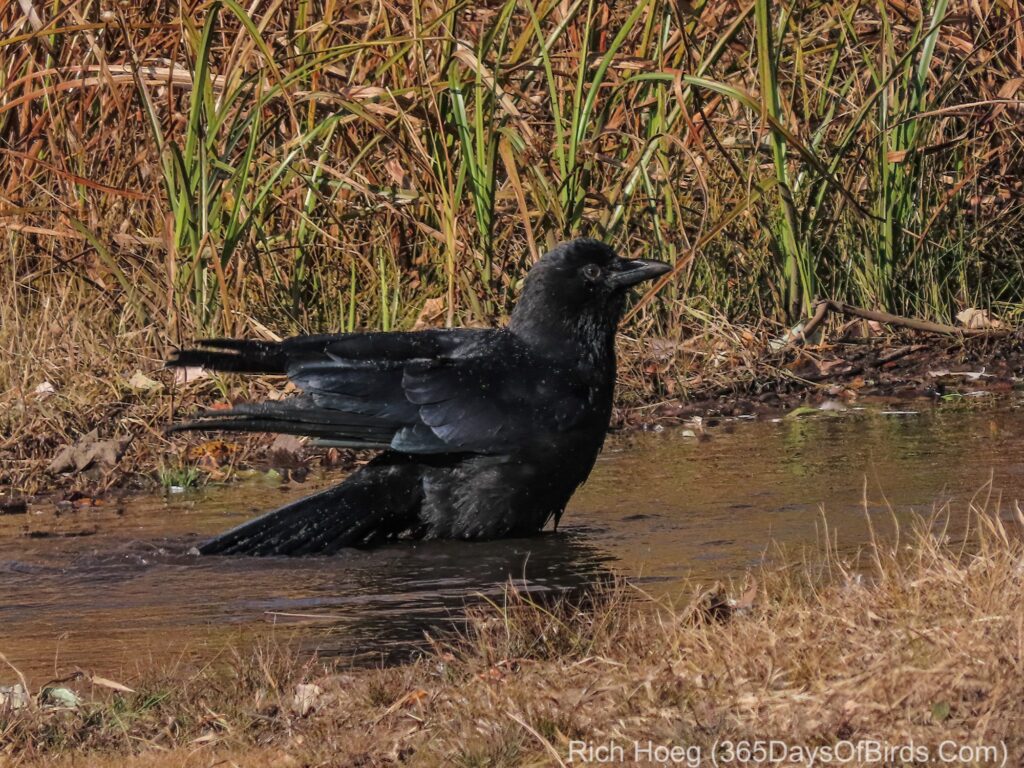
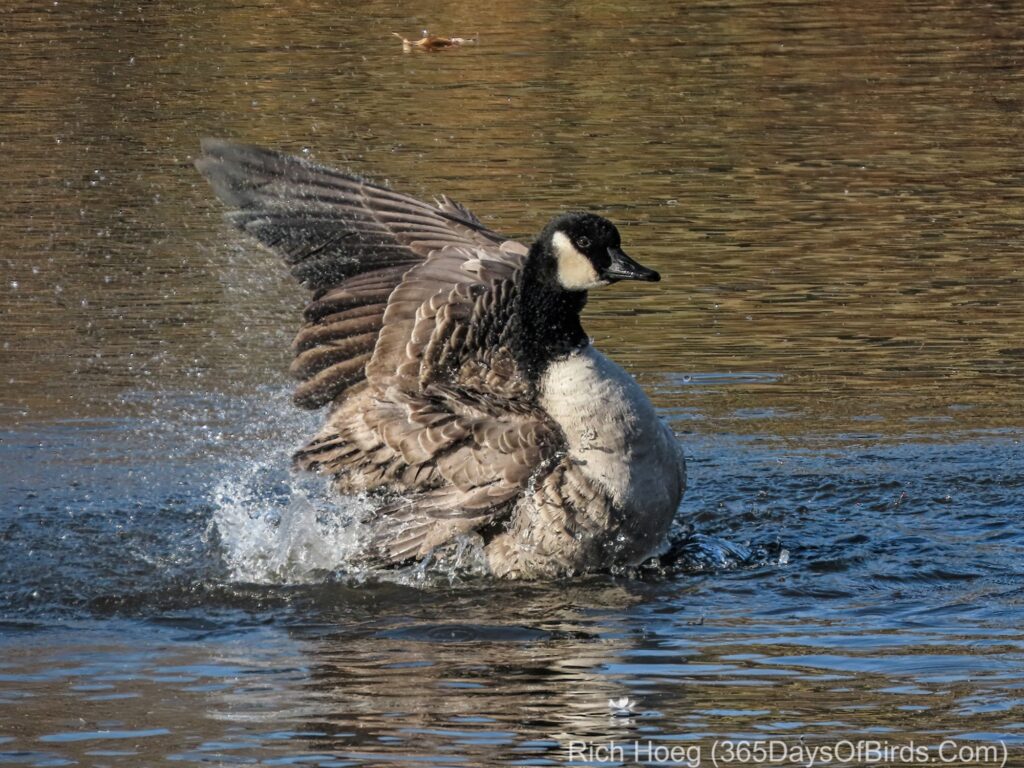
Finally, if you have time get out in the Boreal Forest this weekend. The second set of peak colors is upon us … when Tamarack Pine Tree needles are golden. A nice drive is going up Lake County #2 to Stony River Forest Road. My buddy, Greg, and I made that drive yesterday morning and loved the frosted colors. We did find one Red-Tailed Hawk.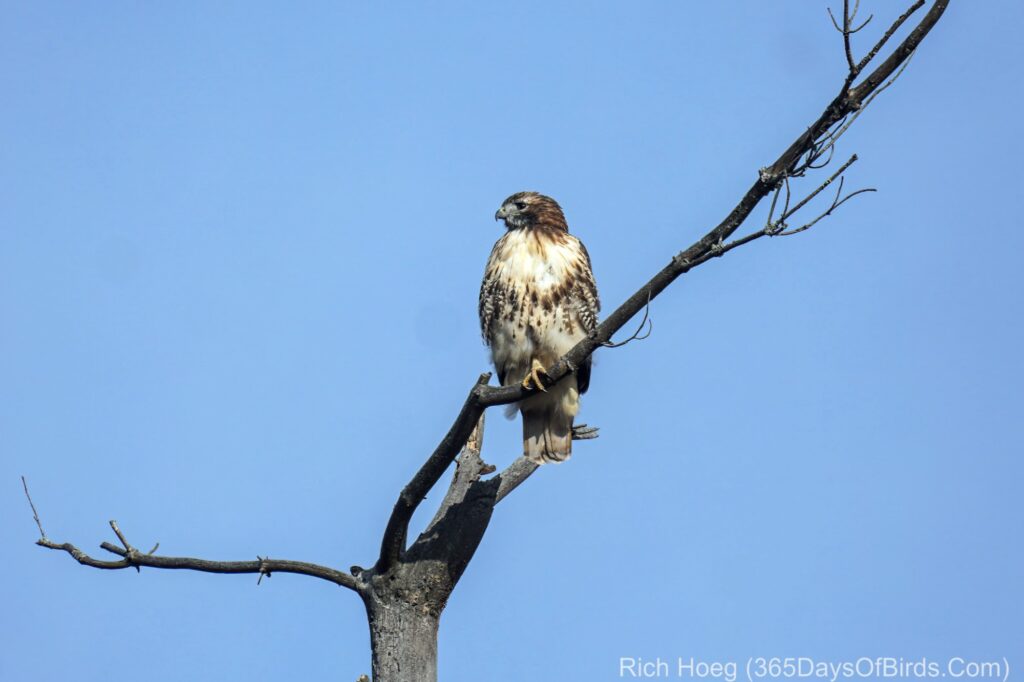
This image was taken near Grand Portage right on the border with Canada. Molly and I were up there last Saturday. 